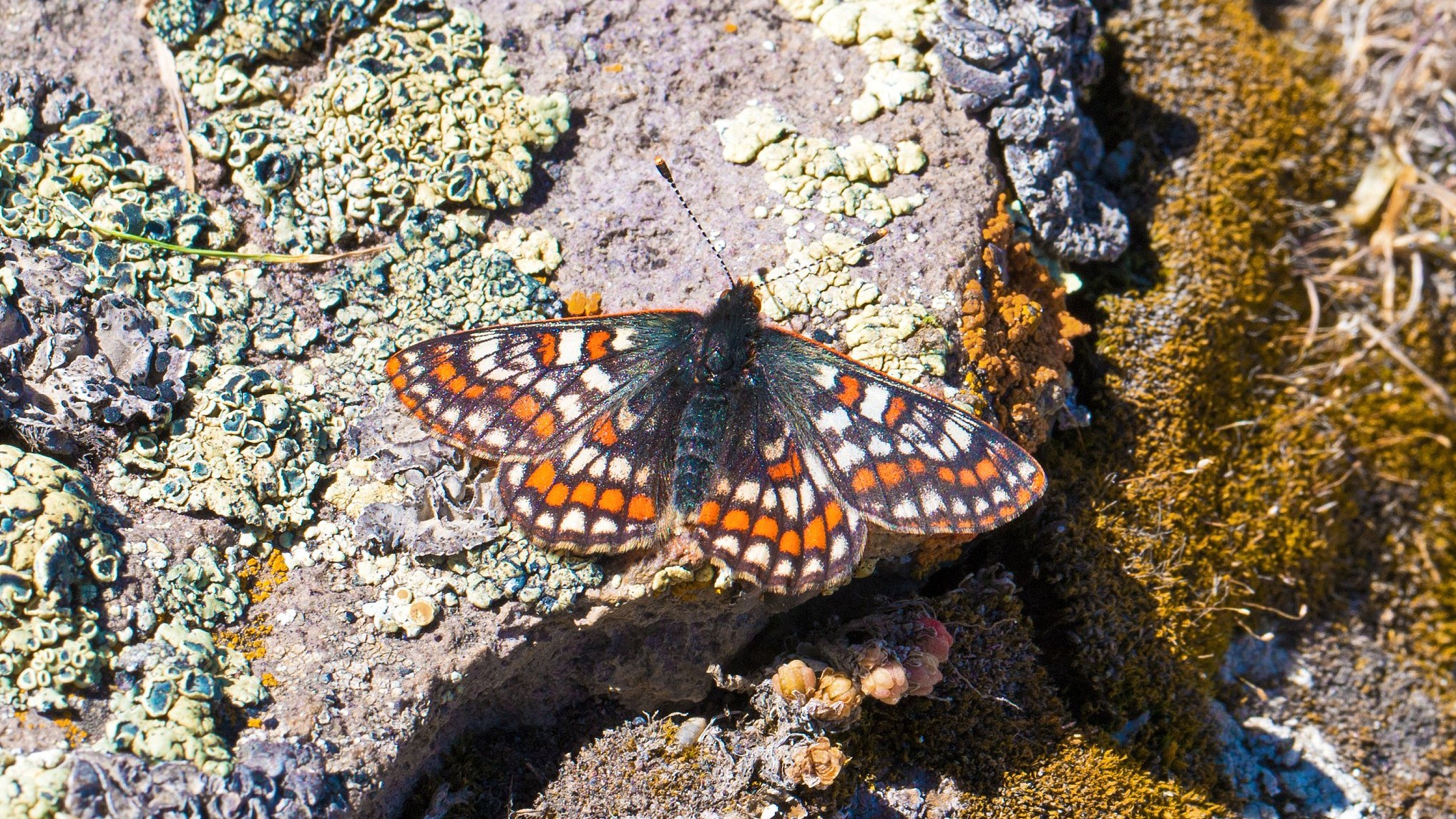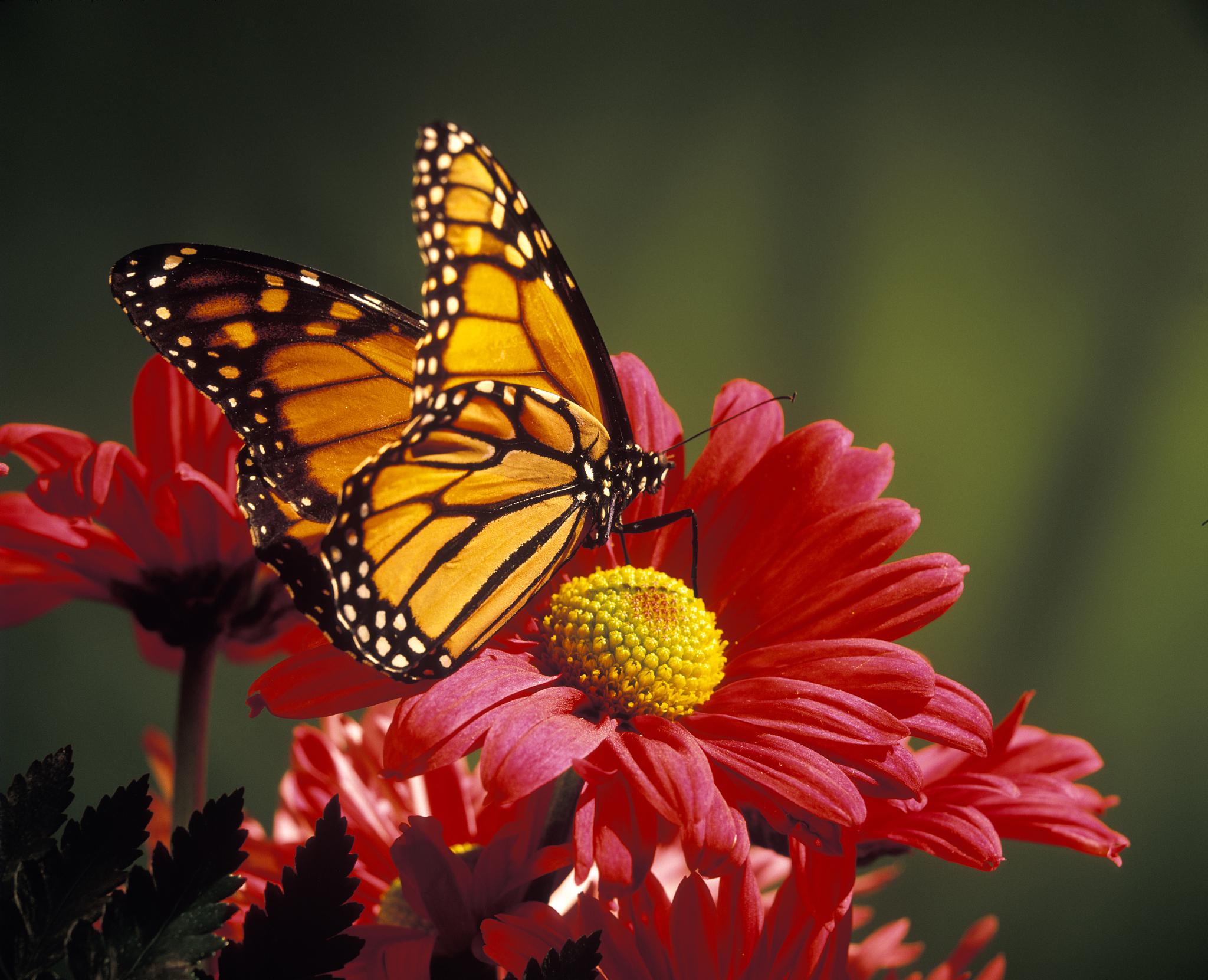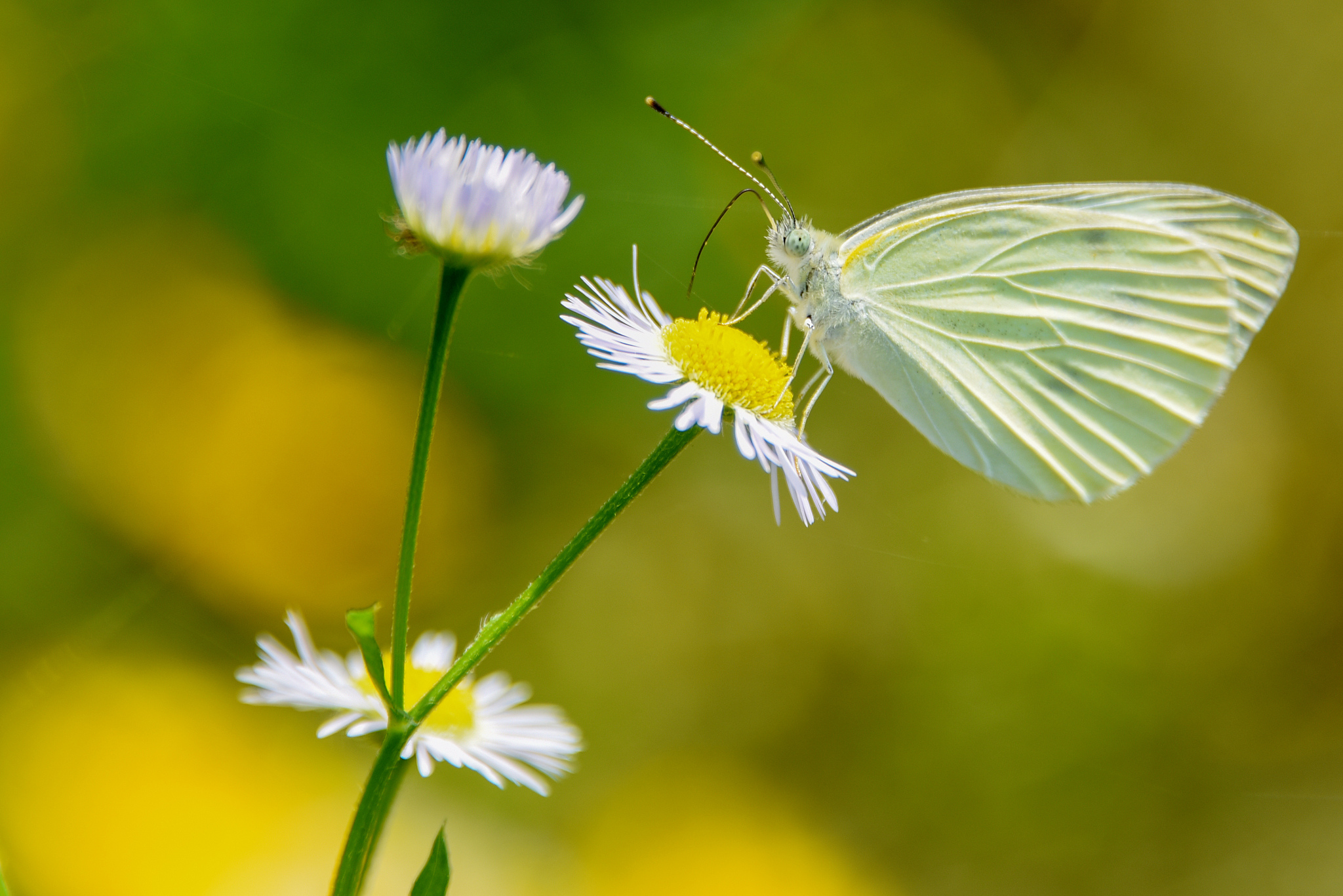
A rare northern marsh fritillary was seen nearly 4,000 meters above sea level on Mount Ararat in Turkey on August 7, 2019. The species was first recorded in 1970. /CFP
A rare northern marsh fritillary was seen nearly 4,000 meters above sea level on Mount Ararat in Turkey on August 7, 2019. The species was first recorded in 1970. /CFP
Seemingly small and ephemerally beautiful, butterflies play a significant role in balancing the ecosystem. They are hardworking pollinators, supporting plant life and agriculture. Three-fourths of flowering plants and about 35 percent of the world's food crops depend on animal pollinators to reproduce. Some scientists estimate that one-third of what we eat exists because of the work done by birds and bats, and by bees, butterflies and other insects. However, many pollinator species are facing extinction.
Scientists have identified 26 Australian butterfly species and subspecies at greatest risk of extinction within 20 years. The unique Australian fritillary faces a 94 percent likelihood of extinction.
In the U.S., more than 450 butterfly species have declined at an average rate of nearly 2 percent a year over the past four decades, according to a study published in the journal Science this year. The famous western monarch butterfly has seen a dramatic drop in population by 99.9 percent, driving it closer and closer to extinction.
The 2010 Red List of European butterflies listed 38 of the 482 European species (8 percent) as threatened and 44 species (10 percent) as near threatened.

A monarch butterfly (Danaus plexippus) captured in 2019. /CFP
A monarch butterfly (Danaus plexippus) captured in 2019. /CFP
Butterflies are excellent indicators of a healthy environment and biodiverse ecosystems as their population declines rapidly when there is environmental destruction or pollution occurs. Therefore, their disappearance indicates the loss of plant species caused by habitat destruction or degradation.
As butterflies are particularly sensitive to climate change, scientists have been monitoring changes in butterfly populations as a method of observing signs of climate change.
Butterflies are not as well-known when it comes to pollination as honeybees, who are highly efficient in small areas, but they can travel much longer distances and thus ensure coverage of equal amounts of flowering plants in a larger area.

A Pieridae butterfly gathers nectar on a wild flower. /CFP
A Pieridae butterfly gathers nectar on a wild flower. /CFP
The conservation state of butterflies is not promising. Out of the 26 Australian butterflies facing extinction, only six are protected under Australian law. Even with a 99.9 percent plummet in population, the monarch butterfly was still denied by the U.S. Fish and Wildlife Service for listing under the Endangered Species Act.
To save these beautiful little creatures, there are several small actions that people can take.
the first is to avoid excessive agricultural use of land which might lead to habitat loss for butterflies and numerous other species.
Secondly, minimize the use of chemicals in gardening or agricultural pest control as pesticides and chemicals are lethal to all insects.
On a larger scale, slowing down the process of climate change is crucial to saving butterflies. This can be done by using less air conditioning and choosing public transportation or electric vehicles over gas-fueled vehicles.
(All photos via CFP.)
(If you want to contribute and have specific expertise, please contact us at nature@cgtn.com.)

